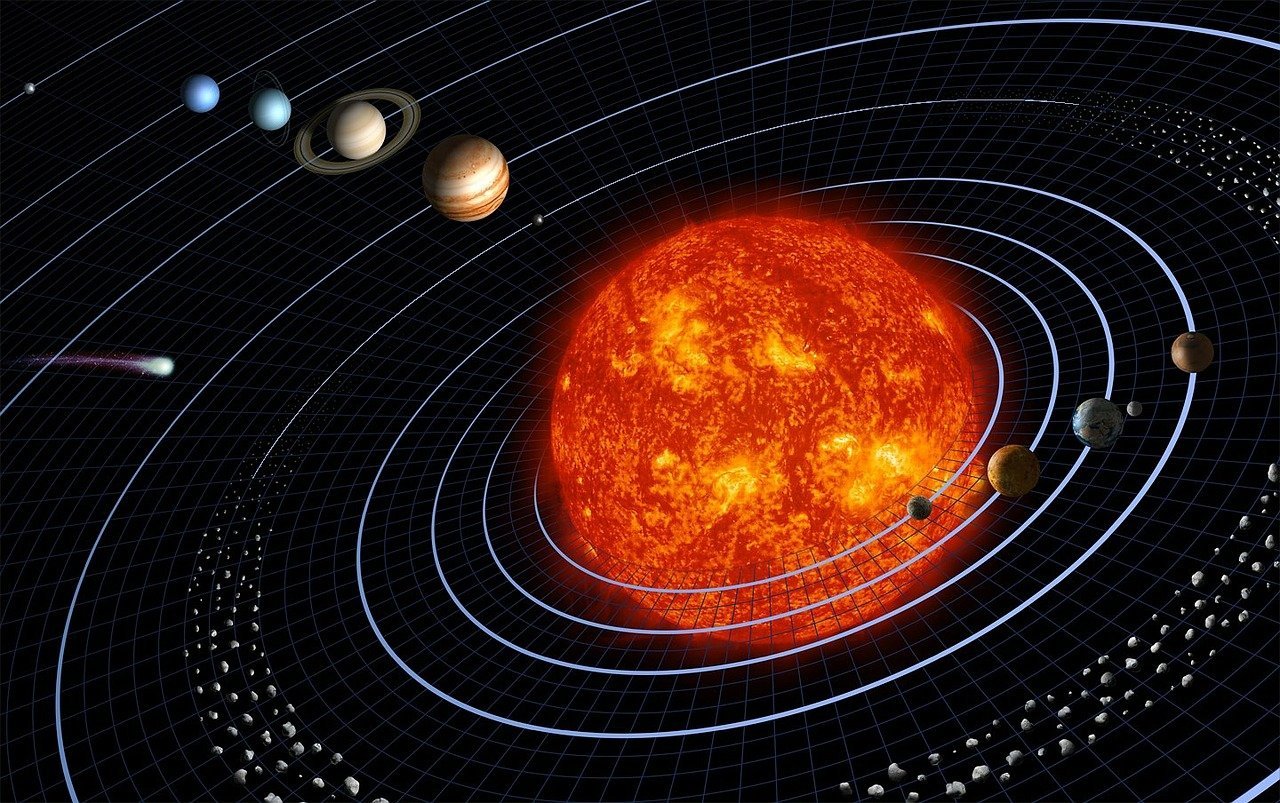Geneva, 30 August 2024
By Tomas Lamanauskas, Deputy Secretary-General, ITU
On 1 September 1859, the world experienced an improbable disruption. British astronomer Robert Carrington first observed an intense white flare on the sun’s surface, followed by a series of coronal mass ejections (CMEs), or massive bursts of solar wind and magnetic energy.
Here on Earth, the resulting geomagnetic storm produced polar-like auroras in the tropics. New Yorkers read their evening papers by the bright night sky, while gold miners in the Rockies made breakfast at 1 a.m., mistaking the Northern Lights for a cloudy morning.
Of course, the biggest impact was on electrical telegraph systems – the innovative tech of the time. Telegraphists reported sparks and even fires erupting, while transcontinental communication lines became inoperable.
To this day, it remains the largest solar storm ever recorded.
It happened five years before the International Telegraph Convention – the founding treaty for the International Telecommunication Union (ITU), whose 160th anniversary we are preparing to celebrate next year.
Yet it was just the kind of event that necessitates foresight and pre-emptive international coordination and action.
What if it happened again now?
If a solar storm of the same magnitude happened today, it could devastate our vastly more connected and increasingly digital world.
Nowadays, we depend on terrestrial telecom infrastructure, satellites, and the Internet, along with smart (digitally managed and operated) power grids, all vulnerable to geomagnetic disruptions.
A Carrington-like event today could cause high-voltage electrical transformers to overheat, leading to widespread blackouts. It might trigger long-term power outages, widespread communication failures, and crippling economic losses amounting to trillions of dollars worldwide.
Telecommunications satellites are also vulnerable to CMEs. Solar flare-ups can degrade solar panels, damage navigation systems, and alter orbital paths, potentially causing mass collisions, producing unprecedented debris, and kicking off the Kessler Syndrome you might remember from the 2013 film Gravity with Sandra Bullock and George Clooney.
British TV series COBRA, premiering in February 2020 – showed a fictional solar storm setting off massive social and political unrest.
And the COVID-19 pandemic, arriving concurrently, offered a grim reminder that disaster scenarios sometimes play out in real-life, too.
Near misses
In fact, our world has experienced its share of near misses.
A solar-induced radar blackout in 1967 set off military alerts of a nuclear attack.
Another solar storm, among the severest since Carrington, caused a nine-hour blackout in Quebec back in 1989 – before the Internet mattered so much beyond academia.
And this year’s widely enjoyed Northern Lights – visible on 10-11 May from ITU’s host city of Geneva, as well as further south – again reflected intense solar activity. Fortunately, digital networks escaped unscathed… this time.
Ongoing advances in technology, combined with deliberate preparedness, could mitigate the worst effects, with resilient power-grids blocking geomagnetic-induced currents and radiation-resistant satellites manoeuvring out of harm’s way.
Space weather forecasting keeps improving, giving operators crucial hours or days to implement protective measures. Notably, ITU’s recent World Radiocommunication Conference (WRC‑23) secured future spectrum availability for such essential space and science services.
Expecting the improbable
Still, despite the known risks, preparing for a new Carrington-like event remains a challenge. Scientists estimate the likelihood of a similarly intense solar storm happening in the next hundred years at 12 per cent or less.
We cannot ignore the threat though.
Scientists also warn of rarer, yet more dangerous, superflares – massive solar eruptions that could release energy up to 1,000 times greater than the Carrington Event. A superflare, though unlikely, could present an existential threat to humanity.
We must, in fact, brace for an array of risks.
Just a few weeks ago, the mass system failure of 19‑22 July imprinted the “blue screen of death” into our collective consciousness, simply thanks to a faulty software update.
Submarine cables, which carry some 99 per cent of the world’s Internet traffic, are often cut, usually by accident. Growing numbers of satellites enable advanced services for more people – but also bring new vulnerabilities. And hurricanes, typhoons, wildfires and other natural disasters, supercharged by the climate crisis, increasingly hit telecom towers, poles and other infrastructure that telecom services depend on.
Preparing together
It is essential for all of us to cooperate in building digital resilience.
ITU supports countries in developing national emergency telecom plans and strengthening their cybersecurity, including through cyber-drills.
During the recent WSIS+20 Forum, we gathered policy-makers and experts for a deep dive into submarine cable resilience, with further initiatives addressing subsea regulatory and infrastructure issues coming up soon.
ITU’s first Space Sustainability Forum, taking place in Geneva on 10‑11 September, will bring key stakeholders together to discuss how resilient satellite solutions could help bridge digital divide.
We must work together to protect the world’s critical infrastructure. We must also agree on how to respond, fast, when incidents happen and make sure all countries are well prepared.
Ultimately, we need to act together – in solidarity – at the critical moment, safeguarding our common digital destiny and leaving no one behind.
Source – ITU

